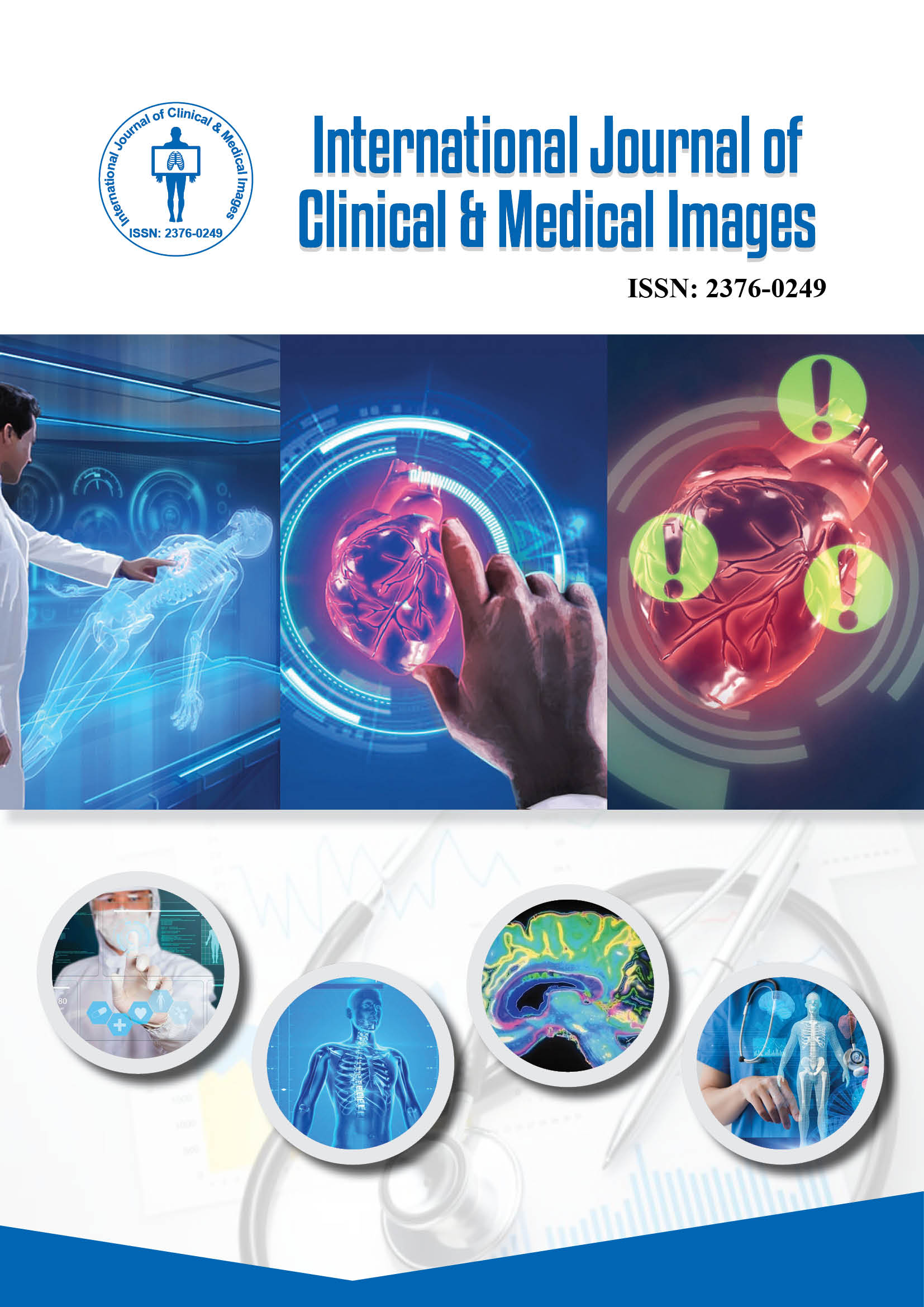2376-0249
Editorial - International Journal of Clinical & Medical Images (2025) Volume 12, Issue 6
Author(s): Adams Martins
Imaging the digestive system: from esophagus to colon highlights the essential role of medical imaging in evaluating gastrointestinal health and diagnosing disorders throughout the digestive tract. From the esophagus and stomach to the small and large intestines, imaging allows clinicians to visualize structural abnormalities, inflammatory processes, neoplasms and functional disturbances. Accurate imaging not only aids diagnosis but also guides therapeutic planning, monitoring and surgical decision-making, making it an indispensable tool in gastroenterology and general medicine.
Various imaging modalities are employed to assess different segments of the digestive system. Radiography and barium studies provide functional insights into swallowing, gastric emptying and bowel motility. Ultrasound is particularly useful for evaluating liver, pancreas, gallbladder and abdominal wall structures due to its safety and real-time capability. Computed Tomography (CT) and magnetic resonance imaging (MRI) offer high-resolution visualization of intra-abdominal organs, vascular supply and soft tissue lesions, aiding in the detection of tumors, inflammatory bowel disease and complications of gastrointestinal disorders [1].
Imaging interpretation requires careful correlation between anatomical findings and clinical symptoms. Recognizing subtle patternsâ??such as mucosal thickening, strictures, fistulas, or vascular anomalies is critical for accurate diagnosis. Case-based visual learning and atlases help clinicians identify characteristic presentations of diseases like esophageal reflux, peptic ulcers, Crohnâ??s disease and colorectal cancer. By comparing normal anatomy with pathological changes, practitioners can enhance diagnostic precision and improve patient outcomes.
Emerging technologies continue to advance digestive system imaging. Functional MRI, CT enterography and AI-assisted image analysis provide detailed assessments of organ function, disease activity and lesion quantification. Endoscopic imaging integrated with high-resolution techniques allows direct visualization and simultaneous intervention. Imaging the Digestive System: From Esophagus to Colon underscores how comprehensive imaging enhances understanding of gastrointestinal pathology, facilitating early diagnosis, targeted therapy and effective patient care [2].
Digestive system imaging, Gastrointestinal diagnosis, Radiology
None.
None.
Google Scholar Cross Ref Indexed at
 Awards Nomination
Awards Nomination

